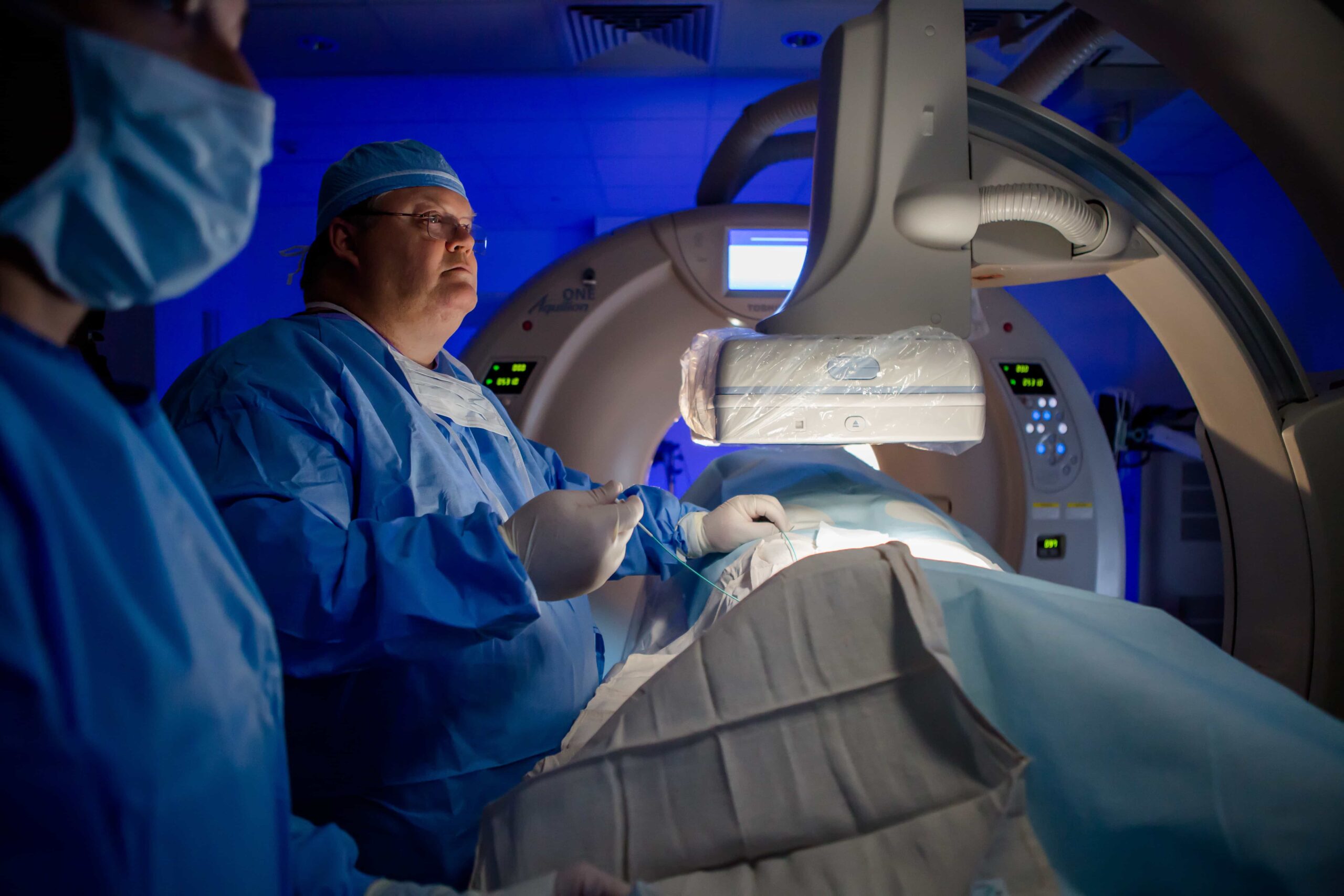Radiology, often characterized as the art and science of imaging, occupies a unique niche in the medical landscape. This multifaceted discipline serves as a linchpin between clinical practice and advanced technology. By harnessing the powers of various imaging modalities, radiology facilitates a deeper understanding of pathophysiological processes. It is instrumental in diagnosing and treating countless conditions, hence prompting the inquiry: Is radiology a clinical subject?
At first glance, one might consider radiology a technical discipline, replete with a plethora of machines and methodologies. However, to confine it merely to the realm of technology would be an oversimplification. In fact, radiological practices are as clinical as they are technical, seamlessly intertwining with patient care and clinical decision-making. To understand this confluence, it is essential to explore the layers of radiology from both a practical and theoretical perspective.
The initial layer of radiology’s clinical essence is encapsulated in its role as a diagnostic tool. Imagine, if you will, a detective unraveling a mystery through systematic observation and deduction. Radiologists, akin to detectives, utilize imaging modalities such as X-rays, computed tomography (CT), magnetic resonance imaging (MRI), and ultrasound to unveil hidden clues about a patient’s health. These visual representations are crucial in identifying abnormalities that may elude the naked eye. For instance, a subtle fracture in a bone may go unnoticed without the discerning gaze of radiological imaging. Thus, the cornerstone of radiology lies in its ability to elucidate the invisible, transforming abstract data into clinically actionable insights.
Moreover, the interpretation of imaging studies requires a sophisticated understanding of human anatomy and pathology. This knowledge is acutely clinical. A radiologist not only recognizes a fracture but also considers differential diagnoses, correlating imaging findings with the patient’s clinical history and symptoms. In this context, radiologists assume a pivotal role, participating in multidisciplinary teams to forge comprehensive treatment plans tailored to individual patients. Herein lies another compelling argument for the clinical identity of radiology—it functions within a collaborative framework, reinforcing its standing as an essential discipline within the medical community.
Delving deeper, the metaphor of radiology as a bridge becomes increasingly relevant. This bridge spans the chasm between technology and patient care, facilitating vital communication between disparate fields. While surgeons rely on preoperative imaging to strategize their surgical approaches, oncologists depend heavily on radiological assessments to evaluate the efficacy of treatments. Furthermore, radiology’s ongoing advancements, such as interventional radiology, enhance its clinical utility by allowing minimally invasive procedures guided by real-time imaging. These interventions range from biopsy to vascular embolization, underscoring the discipline’s transformative potential in patient management. This melding of radiological expertise with therapeutic modalities exemplifies the fluid boundaries of clinical practice.
However, the question persists: What distinguishes radiology as a clinical subject? A closer examination reveals the integration of clinical acumen and empathetic patient interaction, which occurs despite the inherent technological nature of the field. Consider the radiology report; it is more than a mere compilation of image findings. It embodies the results of meticulous analysis and interpretation, ultimately guiding subsequent clinical actions. The language employed in these reports must convey complex information in a manner that is comprehensible for referring clinicians. Hence, effective communication skills are imperative, solidifying radiology’s status as a clinical discipline.
Educationally, the pathway to becoming a radiologist involves extensive medical training, which further reinforces its clinical dimension. After completing medical school, aspiring radiologists undergo rigorous residency programs that immerse them in clinical practice. During these formative years, they gain experience not only in image interpretation but also in the therapeutic implications of their findings. This clinical immersion fosters an appreciation of the patient’s overall narrative, infusing a humanistic approach into the technical framework.
Furthermore, the rapid evolution of technology in radiology propels it toward a more clinical future. Artificial intelligence (AI) is reshaping the diagnostic landscape, enabling radiologists to enhance their decision-making capabilities significantly. However, while AI can support image interpretation, it is the radiologist’s clinical judgment—the art of medicine—that ultimately informs patient care. This synergistic relationship highlights a crucial aspect of radiology: it is not merely the sum of its technological components but rather a dynamic interplay of science and patient involvement.
Lastly, the ethical dimensions of radiology cannot be overlooked. As radiologists engage with sensitive patient data, they must navigate complexities surrounding patient consent, confidentiality, and the implications of their findings. These considerations add a layer of moral responsibility, affirming that radiology is intrinsically tied to clinical ethics. A well-rounded radiologist invariably contemplates not only the technical ramifications of their findings but also their consequences for patient welfare, solidifying the discipline’s clinical integrity.
In summation, radiology authentically qualifies as a clinical subject by virtue of its diagnostic prowess, collaborative nature, educational framework, and ethical considerations. As technology continues to evolve, radiology stands at the cusp of a new era, promising an even more profound integration into clinical practice. The bridge between imaging and patient care will expand, echoing the ever-growing complexities of healthcare. Thus, the question posited initially is resolved: radiology is not merely a technical field, but a vital clinical discipline interwoven with the fabric of modern medicine.












